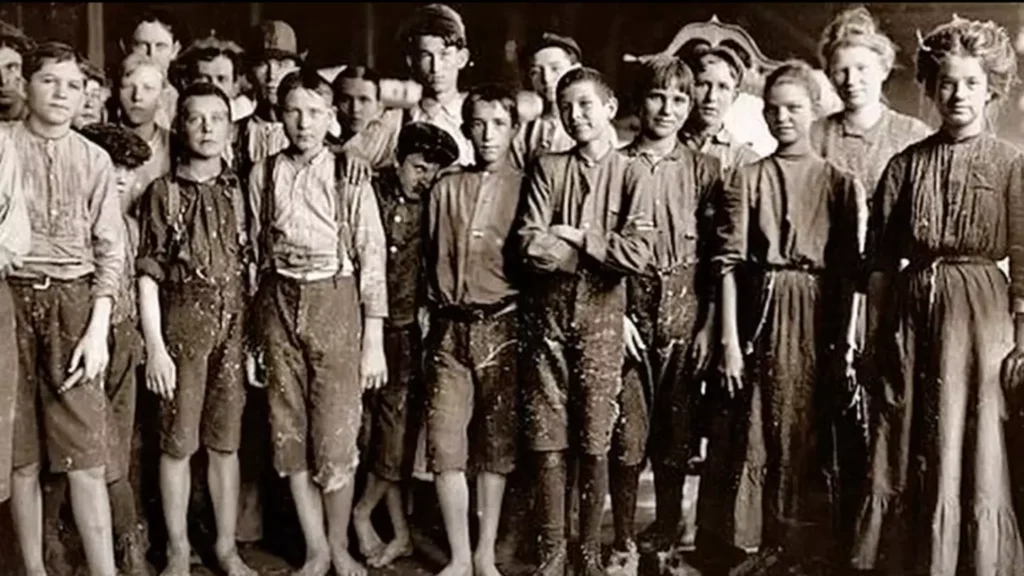In 1939, researchers at a respected university ran an experiment on 22 orphans. The goal sounded academic: learn why people stutter. The method sounded cruel: tell some fluent kids they were stutterers and tell some stutterers they were fine. No consent. No warning. Just a rehearsed script, a notebook, and a theory that words could make or break a child. What followed was quiet, slow harm — and a lesson the field of psychology took decades to own.
TL;DR
- The Study: The “Monster Study” (1939) at the University of Iowa tested if adult criticism could cause stuttering, based on Wendell Johnson’s theory.
- The Subjects: 22 vulnerable orphans (ages 5-15) were used without consent, told they were receiving “speech therapy.”
- The Method: Fluent children were repeatedly told they were stutterers and harshly criticized; actual stutterers were either praised or criticized.
- The Harm: Fluent children grew anxious, became quiet, and developed long-term self-consciousness about speaking. The damage was slow, quiet, and lasting.
- The Cover-Up: The negative details were buried in a thesis; Johnson never publicized the full results due to the obvious ethical failures.
- The Legacy: Decades later, the study was uncovered. It is now a critical lesson proving that ethics must always outweigh the desire for scientific “answers,” leading to modern, kinder speech therapy methods.
What they wanted to prove
Wendell Johnson, a speech pathologist who once stuttered himself, had a bold idea. Maybe stuttering wasn’t only a brain or body thing. Maybe it started in the reactions of adults. If parents and teachers kept correcting, worrying, or labeling a child, could that pressure turn normal speech into a stutter? Johnson believed the problem began not in the mouth but in the ear — in how other people responded.
To test this, Johnson and his graduate student Mary Tudor designed an experiment. It was straightforward on paper. In practice it was ethically blind.
The experiment — simple on paper, ugly in practice

They selected 22 children, ages 5 to 15, from an Iowa orphanage. The kids were told the university was providing speech therapy. Staff at the home believed it too. That removed the need for parental consent — because there were no parents to ask.
The kids were split into four groups:
- Group 1A (positive for stutterers): Five kids who actually stuttered were told their speech was fine. They got praise.
- Group 1B (negative for stutterers): Five stuttering kids were told their speech was bad and were criticized.
- Group 2A (negative for fluent kids): Six fluent kids were told they were starting to stutter. They got scripted criticism and warnings.
- Group 2B (positive for fluent kids): Six fluent kids were told they spoke very well and were praised.
Mary Tudor visited the orphanage for about five months. She used a rehearsal script and spent roughly 45 minutes with each child every few weeks. For the fluent kids in group 2A, the script was chilling: lower voice, grave warnings, examples of other “stutterers,” and lines like “don’t ever speak unless you can do it right.” Imagine hearing that from a trusted adult at age 7. It didn’t need violent acts to be damaging — words did most of the work.
What happened to the children

The effects were obvious and fast. Kids who had been talkative grew quiet. Schoolwork slipped because they stopped participating. A five-year-old who had been lively suddenly refused to speak. A 12-year-old stopped talking to her best friend. Teenagers developed panic over simple sentences. Some began snapping fingers or using fillers because they were terrified of stumbling.
Those who were told they were fine sometimes improved. But those told they were defective often developed long-term shame and anxiety about speaking. The study’s own notes record that some children never fully recovered.
The attempted fix — too little, too late
Researchers later realized the harm. Mary Tudor returned a few times after the official experiment ended and used positive therapy in an attempt to undo the damage. She praised the kids and told them the opposite of what she’d said before. But the negative labels had already been planted. In her own notes she admitted the recovery was slow and incomplete. Two years after the study, two girls ran away from the orphanage. The emotional cost was real.
Wendell Johnson never publicized the experiment in his later writings. He backed the broad idea that harsh correction can worsen speech problems. He also quietly left out the details of the test and the obvious ethical failings.
Aftermath and public discovery
Decades later, the study — buried in a thesis — was uncovered by journalists. Survivors learned, often in old age, that their lifelong self-consciousness about speaking had been manufactured by an experiment they didn’t consent to. Several victims later received compensation (split among those in the negative-therapy groups). The episode remains a stain on psychological research and a reminder of why ethics matter.
What science took from it
Two mixed lessons came out of the wreckage:
- Nature vs. nurture matters. The study offered real evidence that social reaction can affect speech and self-image. How people respond to a child can shape that child’s behavior.
- Ethics matter more than “answers.” Even if a hypothesis looks promising, the cost of testing it can be too high. Science isn’t neutral if it hurts vulnerable people to get data.
Speech therapy eventually moved toward kinder techniques. The idea that overreaction and harsh labels can harm a child became mainstream in therapy advice. But that doesn’t erase the human cost of the experiment.
My take — straight talk
Here’s how I see it. The Monster Study is both fascinating and infuriating. Fascinating because it shows — in a painfully direct way — how much power adults have over a child’s inner world. Infuriating because those adults used that power without consent or care.
Words are tools. They can fix things. Or they can break things. The people running that study chose to experiment with damage. That choice is hard to justify. Not even “for science” is a clean umbrella for obvious harm — especially when the participants are kids with nowhere else to go.
At the same time, the study pushed the field toward better therapy methods. That’s small comfort for the human damage. If you ask whether the later benefits justify the harms — that’s a moral maze. My gut says: no experiment that knowingly crafts trauma among children can be worth it. Ever.
Final thoughts
The Monster Study is a grim chapter in research history. It proves two things clearly: words can wound, and power without checks will eventually hurt someone. Today, psychologists and schools largely agree on kinder approaches. That’s progress. But the names and lives in that experiment deserve our attention. Not as a footnote for a paper. But as a real warning about what happens when curiosity outruns conscience.







